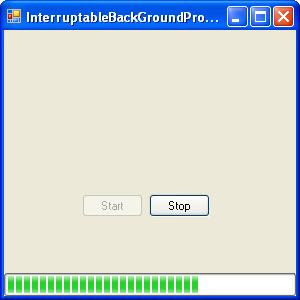UNDER CONSTRUCTION
package com.dao;
public interface DAOIntf<T> {
public void update(T obj);
public void save(T obj);
public void delete(T obj);
}
package com.dao;
import org.hibernate.HibernateException;
import org.hibernate.Session;
import org.hibernate.Transaction;
import com.util.HibernateUtil;
public class AbstractDAOImpl<T> implements DAOIntf<T>{
@Override
public void update(T obj) {
save(obj);
}
@Override
public void save(T obj) {
Session session = HibernateUtil.getSessionFactory().openSession();
Transaction transaction = null;
try {
transaction = session.beginTransaction();
session.save(obj);
transaction.commit();
} catch (HibernateException e) {
transaction.rollback();
e.printStackTrace();
} finally {
session.close();
}
}
@Override
public void delete(T obj) {
Session session = HibernateUtil.getSessionFactory().openSession();
Transaction transaction = null;
try {
transaction = session.beginTransaction();
session.delete(obj);
transaction.commit();
} catch (HibernateException e) {
transaction.rollback();
e.printStackTrace();
} finally {
session.close();
}
}
}
ProductDAOIntf.java
package com.dao;
import java.util.List;
public interface ProductDAOIntf<T> extends DAOIntf<T> {
public T getProductByID(int id);
public List<T> getAllProducts();
}
ProductDAOImpl.java
package com.dao;
import java.util.List;
import org.hibernate.HibernateException;
import org.hibernate.Session;
import com.hbm.Product;
import com.util.HibernateUtil;
public class ProductDAOImpl<T> extends AbstractDAOImpl<T> implements ProductDAOIntf<T> {
@Override
public T getProductByID(int id) {
Session session = HibernateUtil.getSessionFactory().openSession();
T product=null;
try {
product =(T) session.get(Product.class,id);
} catch (HibernateException e) {
e.printStackTrace();
} finally {
session.close();
}
return product;
}
@Override
public List<T> getAllProducts(){
Session session = HibernateUtil.getSessionFactory().openSession();
List<T> list = null;
try {
list = session.createQuery("from Product").list();
} catch (HibernateException e) {
e.printStackTrace();
} finally {
session.close();
}
return list;
}
}
Product.java
package com.hbm;
import java.io.Serializable;
public class Product implements Serializable {
public Integer getProduct_Id() {
return Product_Id;
}
public void setProduct_Id(Integer product_Id) {
Product_Id = product_Id;
}
public String getProduct_Name() {
return Product_Name;
}
public void setProduct_Name(String product_Name) {
Product_Name = product_Name;
}
public Double getProduct_Price() {
return Product_Price;
}
public void setProduct_Price(Double product_Price) {
Product_Price = product_Price;
}
public Integer getProduct_QOH() {
return Product_QOH;
}
public void setProduct_QOH(Integer product_QOH) {
Product_QOH = product_QOH;
}
Integer Product_Id;
String Product_Name;
Double Product_Price;
Integer Product_QOH;
@Override
public String toString() {
return "Id : " + Product_Id + "\t Name " + Product_Name + "\tQOH " + Product_QOH;
}
}
Product.hbm.xml
<?xml version="1.0"?>
<!DOCTYPE hibernate-mapping PUBLIC
"-//Hibernate/Hibernate Mapping DTD 3.0//EN"
"http://hibernate.sourceforge.net/hibernate-mapping-3.0.dtd">
<hibernate-mapping>
<class name="com.hbm.Product" table="product" >
<id name="Product_Id" type="int"> <generator class="identity"></generator></id>
<property name="Product_Name" type="string" length="50" />
<property name="Product_Price" type="double" lazy="true" />
<property name="Product_QOH" type="int"/>
</class>
</hibernate-mapping>




